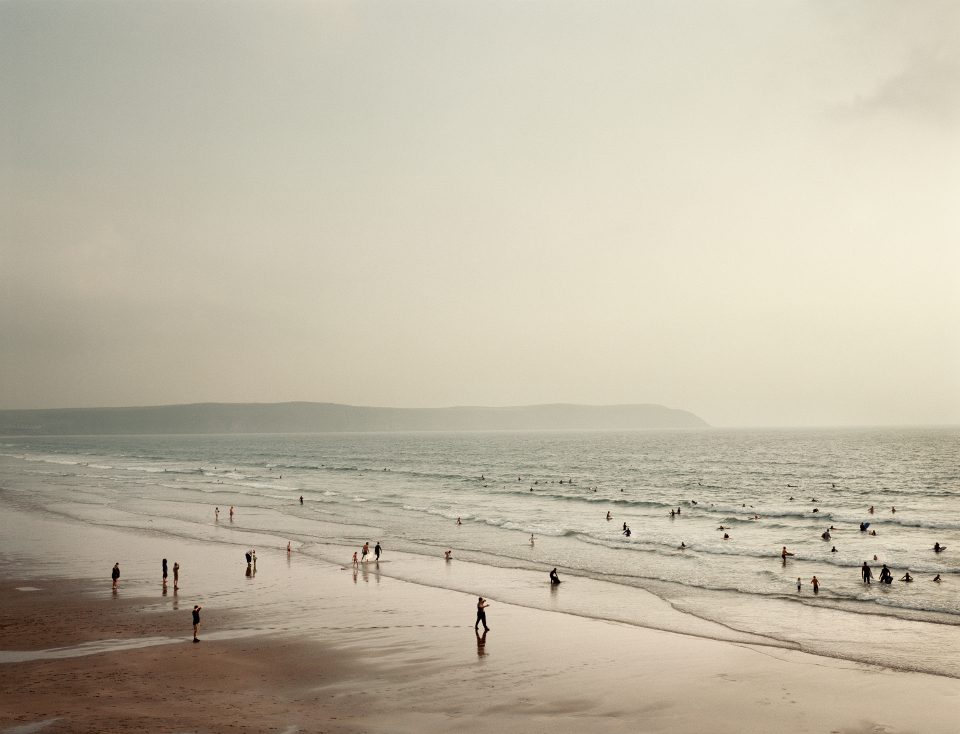The Other Art Fair Victoria House, London, returns for its 11th edition, 7 – 10 April. Presenting exhibitions and performance pieces from a variety of celebrated artists, the fair invites visitors to explore a diverse range of contemporary art from emerging talent to the century-defining photographer Martin Parr. Events also include film screenings from the BAFTA Qualifying Aesthetica Short Film Festival (ASFF) 2015.
Artist Sarah Maple exhibits a new performance piece, Comment is Free, which will explore the reception and occasionally extreme backlash her work has provoked. Curated by Valentina Fois, it features Maple and professional actors reciting comments in front of her 2D mixed-media pieces. We speak to Fois about the new exhibition and her work with Maple for The Other Art Fair.
A: You have experienced a great deal of success as an art curator, with some of the works you’ve curated featured in The Guardian, Time Out London, i-D, etc. What drives you in your career, and how do you reconcile the creative and business sides of your job?
VF: Thanks! I’m driven by a desire to discover new artworks that I wasn’t previously aware of, new or old – rather than necessarily coming across the next big new thing. What gives me the most satisfaction is being able to champion young artists and see them flourish, giving them visibility where they might not have had any previously.
Like much of life there is a compromise – the most important thing to me is believing in the project I’m working on and from time to time I will manage to do a not-for-profit project, even where I have to put my own money occasionally – but I have to balance that by working on more commercial things with my art consultancy, for example fitting out a restaurant, and I also work as a marketer for brands.
A: Do you search for particular kinds of artists to work with, like Sarah Maple for example? Does there need to be a spark of connection in order to establish a good working relationship?
VF: Always. When you work in the arts you do it for the love not the money, so you tend to work with people who you like and can learn from and exchange knowledge and experience with. Sarah definitely is one of those people. I have more of an interest in performance and new media so mostly find myself working in that space. But there’s no formula – I naturally want to work with people whose work I admire.
A: Is this the first time you’ve worked with Sarah Maple? What was it that initially brought you together?
VF: No, we’ve worked together on many projects. What I like about Sarah is that she uses herself as the focal point of most of her works and is not afraid to speak her mind. Her work is constantly evolving, and I love the way she uses sarcasm and humor to challenge the viewer. She is honest and real and her work mirrors that.
A: Your collaborators often seem to explore similar themes of the tension between art and civilisation. What are your views regarding how the art world has developed in the Digital Age, both in terms of creative and economic influences?
VF: Digital art is not a new thing. People have been creating work using technology since the 1960s. However, over the last few years there’s been a radical shift – digital technology and the internet are pervasive in all our lives so it makes this influence incredibly hard to ignore – both for consumers and the galleries and museums, for example Performing for the Camera currently on show at the Tate Modern.
If you were born within the last 20 years you grew up living on the internet. Even if this new generation of artists are choosing not to create work digitally, to some extent their practice will still be influenced by technology as it is how they have always lived their lives- they use the internet to learn, to communicate with their peers, to promote themselves and so on. Unfortunately the downside is you’ve seen a growth of companies looking to monetise digital art, often simplistically creating digital versions of offline works. The problem is it then becomes harder to define what is a digital work of art.
A: This new piece of Maple’s discusses the reception her previous work has met, at an event designed to allow artists and visitors to meet face-to-face. Was this venue and context chosen deliberately to compliment the themes of Maple’s work? What has your experience of working with The Other Art Fair been like as a whole?
VF: Yes, there were a number of venues we were considering to present the show and we chose The Other Art Fair as they attract a much wider group of people who aren’t necessarily all working in the arts, I think due to the fact the work is presented by the artists rather than the galleries – you have a mix of art professionals and serious collectors but also people who are interested in discovering contemporary art, and who might otherwise find the other major fairs too intimidating. For the nature of the work that is exactly what we wanted.
The Other Art Fair Screenings Room, 7-10 April, Victoria House, Southampton Row, London, WC1A 2QP. For details visit www.theotherartfair.com
Credits
1. Alan Powdrill, Woolacombe beach, photography 40×30 c-type print. Courtesy of the artist and The Other Art Fair.





